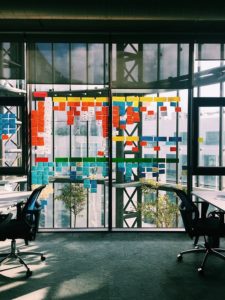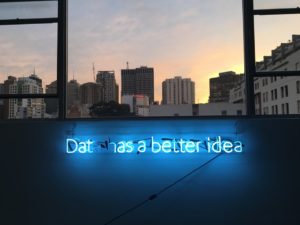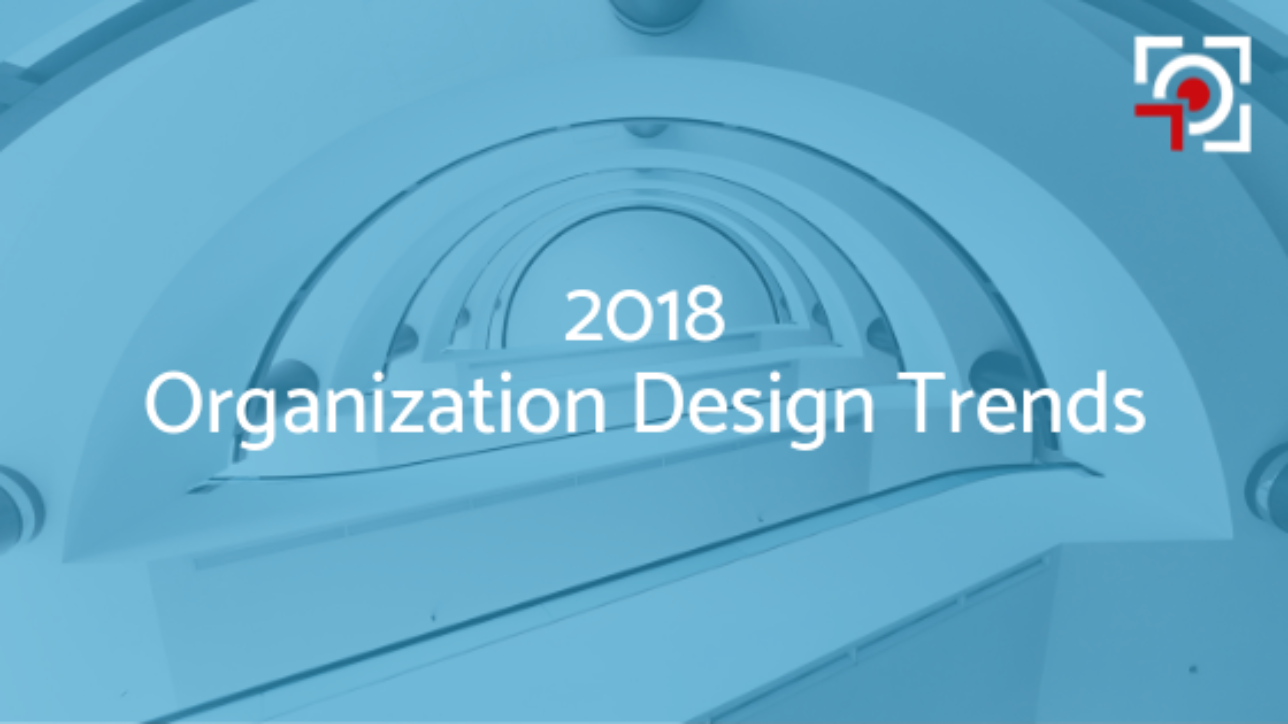What’s happened in the Organization Design world in 2018?
There are two keystone events that break up the year: the Organization Design Forum (ODF) and the Organisation Design Institute/European Organisation Design Forum (ODI/EODF). These annual conferences are where professionals go to reenergize and meet others in the same field. The world of the organization designer is very small outside of the big consultancies. We pretty much all know each other, be it Europe or USA. These are also the places where we discuss what is new or emerging in our work.
The overused buzzword of the year: Agile

The first conference was ODF’s ‘Designing for Agility and Innovation’. It’s somewhat ironic because everything has been about Agile this year. It’s like the whole business world decided that there is only one answer, it’s agility!
I struggle with fads and flavors of the month. My education and work history have taught me to be cautious, as there is rarely a sliver bullet that cures all organizational ills. A bit like ‘Requisite levels of organizing’, the answer is 7! (inside OD joke…). While Agile is useful, it is one of hundreds of OD-related methodologies that can be applied at any one time.
In some ways, I think the discourse around Organization Design issues is overly complicated. Surely the priority is the end goal and how you have treated people in along the process. If we are not considerate of the humans within the organization system, then what type of organization is it? This concept ties into ODF’s 2019 conference theme: ‘Technology in the service of humans’. These are becoming existential and real dilemmas for humanity. What future do we want and how does technology enable or disable a better future for humanity within our organizations.
Artificial Intelligence, robotics and humans-computer interactions
 This brings me onto the next issue, which has become more evident this year: AI, robotics and the integration within the human system.
This brings me onto the next issue, which has become more evident this year: AI, robotics and the integration within the human system.
This year, EODF held its annual conference that focused on designing for business ecosystems with aspects of AI and robotics. The latter was interesting for me, because if you follow Zuboff’s 1989 laws of automation, ‘if it can be automated, it will be’. At some point, there is no process, situation, or information in organizations that will be rendered unique to be done by human beings. If you follow this logic to its conclusion, humanity is making itself redundant within organizations.
Now, this might be an oversimplification, but we are most definitely speeding towards a very different world in which work is changing. At the same time, when you look at the employment market, there is little to suggest that at a macro socio-economic level things are shifting in terms of someone’s ability to gain employment. The UK has record levels in employment with a marginal increase in unemployment which suggests a skill shortage rather than mass unemployment. There is uncertainty, but AI and Robotics have yet to make a real impact on the job market.
A new level of awareness: Ecosystems
This then brings me to the final subject of 2018: ecosystems.
There is a new level of awareness driving this particular narrative. With increasingly popularity, the term seemed like a renamed version of generalized systems theory. And it is somewhat true. Whole systems thinking has been around for decades. Ecosystems are an iteration of this and not that far from the hypothesis of an interconnected and co-dependent organic world ‘Gaia’.
Still on reflection, ecosystems are useful in that if they increase consciousness of an interdependent and connected world, surely it is a good thing? This awareness is front and center when you consider the impact of the big tech companies on our world. If the apex predator becomes too prolific, powerful, and dominant, then we all suffer, including the predator as it finds itself in a world where the resources are overused. What follows is a tipping point towards extinction.
I don’t consider myself a futurologist, but the behavior of the big tech giants looks and smells like what we have seen before. The scale might be different, but the behaviors are strikingly similar. Rapid growth, domination, unethical and irresponsible behavior as a sense of invincibility sets in. Legal problems, regulatory intervention, and space opens up for new competition. Dominance begins to fade with high profile collapses of companies, as they fail to envisage a world where they are not the dominate players and size and scale creates blind spots that are exploited by others.
Watch out Facebook, Google and others, not a single empire in the history of humanity has lived forever.
What does 2019 hold for organization design?
2019? In the UK, we’re holding our collective breath to see which side of the Brexit argument we sit on. It’ll be an interesting year if nothing else.
Stuart Wigham is a Content Manager and Consultant at ON THE MARK. OTM’s experience and passion for collaborative business transformation that’s supported by pragmatism, systems thinking, and a belief in people is unparalleled. OTM has been in business for 29 years and is a global leader in organization design solutions.


